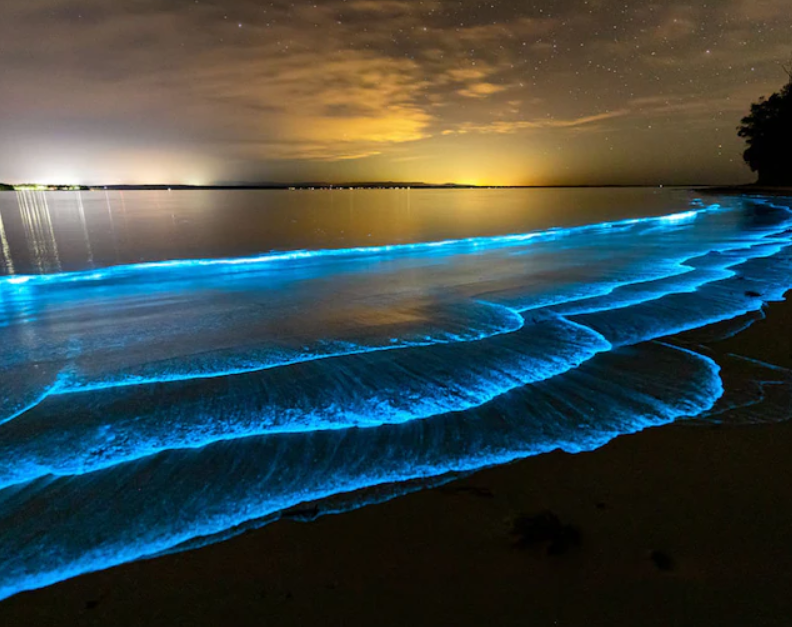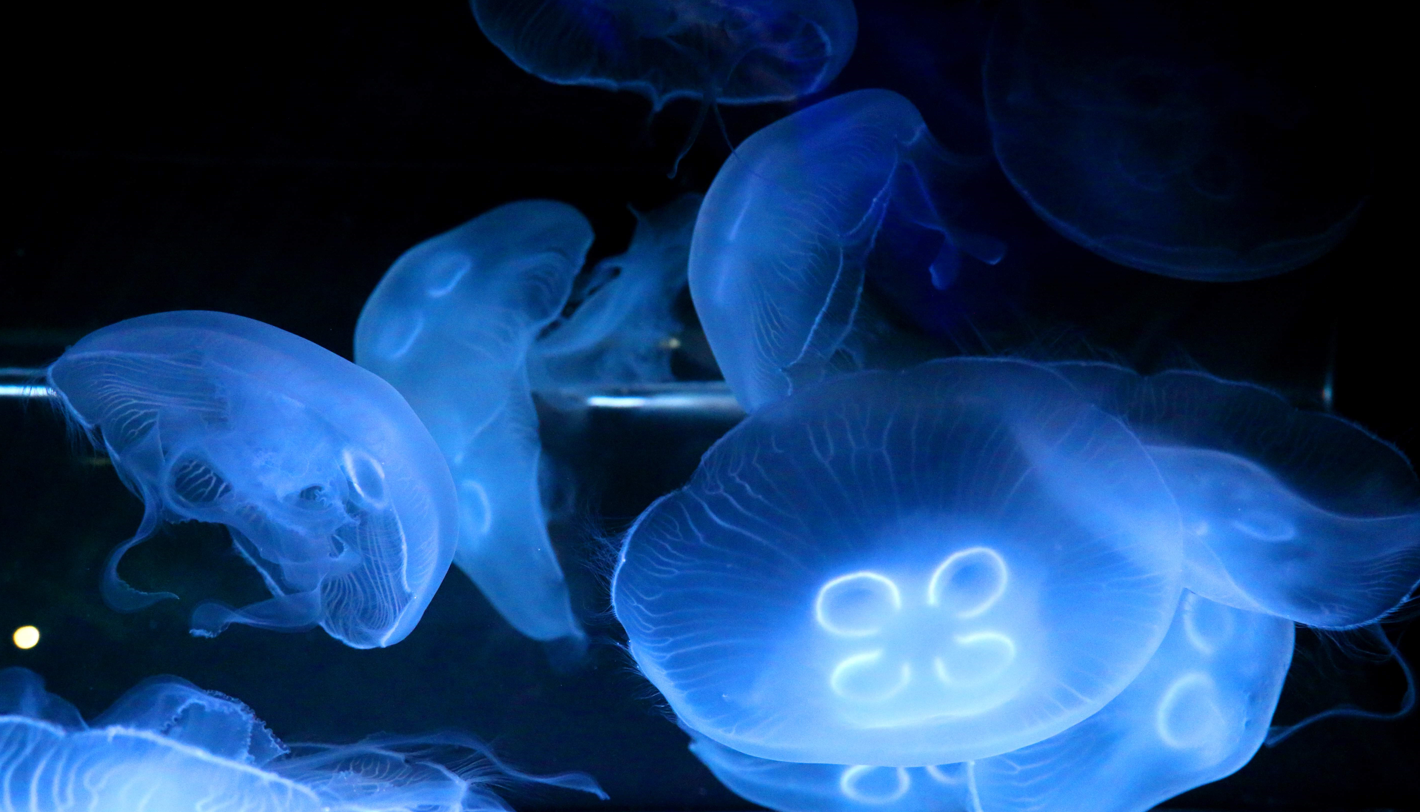None of our jellyfish that we sell sting or are poisonous.
This article is written only for jellyfish that you can meet in the sea while swimming.
What are the symptoms of a jellyfish sting?
Jellyfish stings can cause a range of symptoms, depending on the type of jellyfish and the individual's reaction. Common symptoms include:
- Intense pain at the site of the sting
- Redness and swelling
- Itching and irritation
- Raised, whip-like welts
- Burning or tingling sensation
- Nausea and vomiting
- Muscle cramps
- Headache
- Fever and chills
When should you seek medical attention?
While most jellyfish stings can be treated at home, some cases require medical attention. Seek immediate medical help if:
- The person stung is having difficulty breathing or swallowing
- The sting covers a large area of the body
- The person stung experiences chest pain or irregular heartbeat
- There is severe pain that persists or worsens
- There are signs of an allergic reaction, such as hives, difficulty breathing, or swelling of the face, lips, tongue, or throat
How to treat jellyfish stings?
If you or someone you know gets stung by a jellyfish, here are some steps you can take to relieve the symptoms:
- Remove any tentacles that may be stuck to the skin. Use tweezers or a similar tool to gently lift them off.
- Rinse the affected area with seawater. Avoid using freshwater, as it can worsen the sting.
- Apply vinegar or a baking soda paste to the sting. This can help neutralize the venom and alleviate pain.
- Immerse the affected area in hot water (around 45°C or 113°F) for 20-45 minutes. This can help reduce pain and deactivate the venom.
- Take over-the-counter pain relievers, such as ibuprofen or acetaminophen, to manage pain and inflammation.
- Apply a topical hydrocortisone cream or take antihistamines to reduce itching and swelling.
What should you avoid doing?
When dealing with a jellyfish sting, it's important to avoid certain actions that can worsen the symptoms:
- Do not rinse the affected area with freshwater, as it can trigger the release of more venom.
- Avoid rubbing the sting, as it can cause the venom to spread.
- Do not apply ice or ice packs directly to the skin, as it can further damage the tissue.
- Refrain from using alcohol, ammonia, or urine to treat the sting, as these substances can aggravate the injury.
Conclusion
Jellyfish stings can be painful and uncomfortable, but with the right knowledge and treatment, the symptoms can be managed effectively. Remember to stay calm, seek medical help if necessary, and follow the proper steps to alleviate the pain and reduce the risk of complications. By understanding jellyfish sting symptoms and knowing how to respond, you can enjoy your time in the water with confidence.


